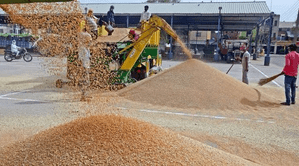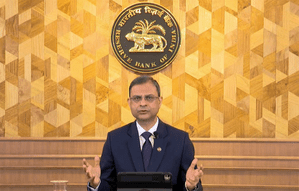
The arrival of kharif crops in the market and the robust outlook for the rabi crop amid healthy sowing trends and elevated reservoir levels augur well for the food inflation outlook, economists said on Monday, as the wholesale price index (WPI) inflation eased to 1.9 per cent in November from 2.4 per cent in October.
The moderation in the WPI inflation last month was primarily on account of a decline in food inflation.
“The arrival of fresh harvests has led to a seasonal correction in food prices. The outlook for agriculture remains positive, with good Kharif production. Prospects for Rabi sowing remain conducive with healthy reservoir levels and good soil moisture from prolonged monsoons,” CareEdge Ratings’ Chief Economist Rajani Sinha said.
“We expect the WPI inflation to remain largely benign, averaging 2.3 per cent in Q3 FY25. For FY25, the WPI inflation is projected to average around 2.5 per cent,” she added.
The WPI moderation was primarily led by primary food articles, which eased to a three-month low of 8.6 per cent from 13.5 per cent in the previous month, exerting a downward pressure on the headline print to the tune of 91 bps between these months.
“The core (non-food manufacturing) WPI inflation inched up to 0.5 per cent in November 2024 from 0.3 per cent in October 2024, while remaining below 1.0 per cent for the fourth consecutive month,” ICRA’s senior economist Rahul Agrawal said.
The easing in inflation is a welcome sign as it was the first time that the rate of retail inflation crossed the RBI’s upper limit of 6 per cent in October.
The central bank is waiting for the retail inflation to come down to 4 per cent on a durable basis before it can go in for an interest rate cut to propel growth, which is largely expected earlier next year.











